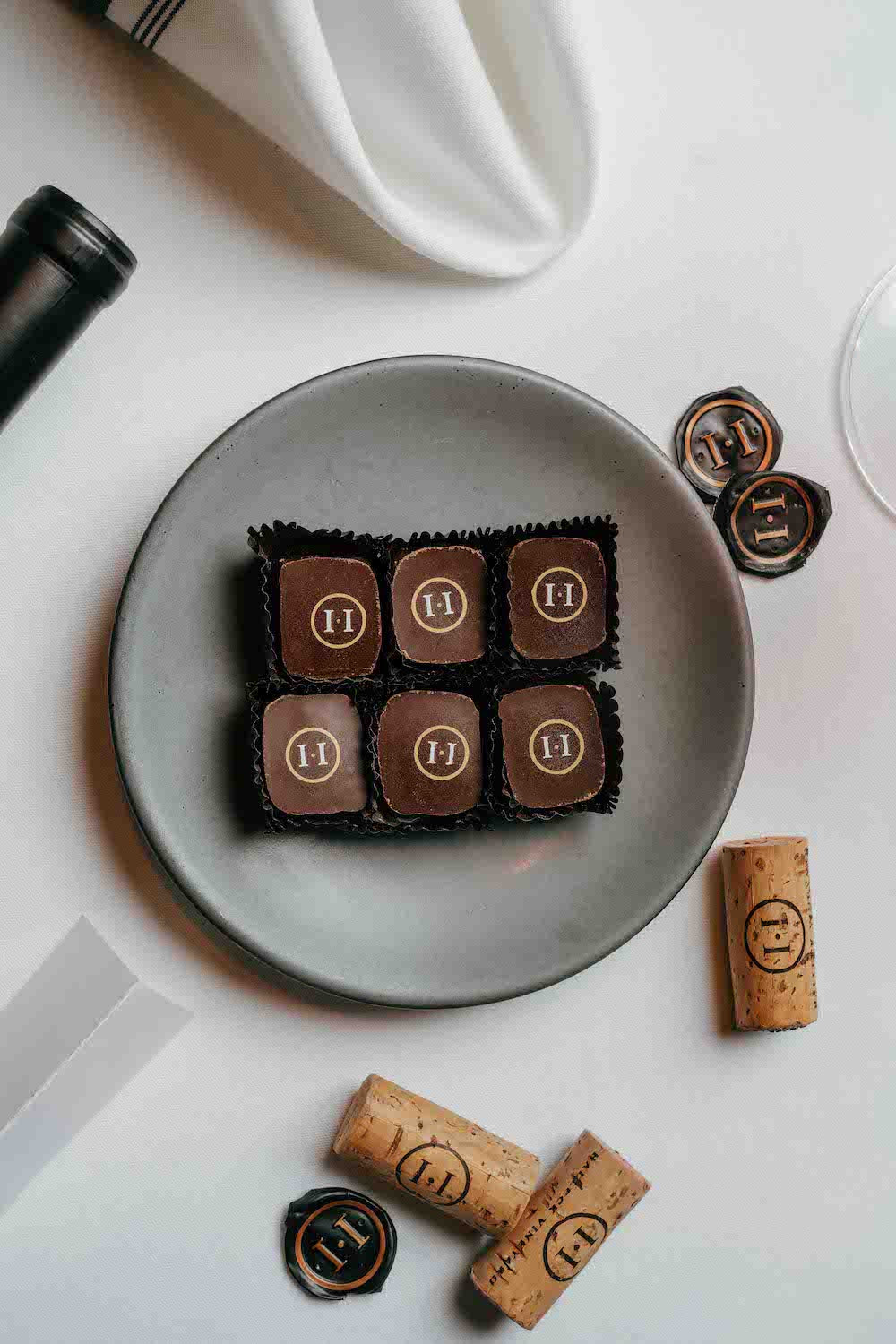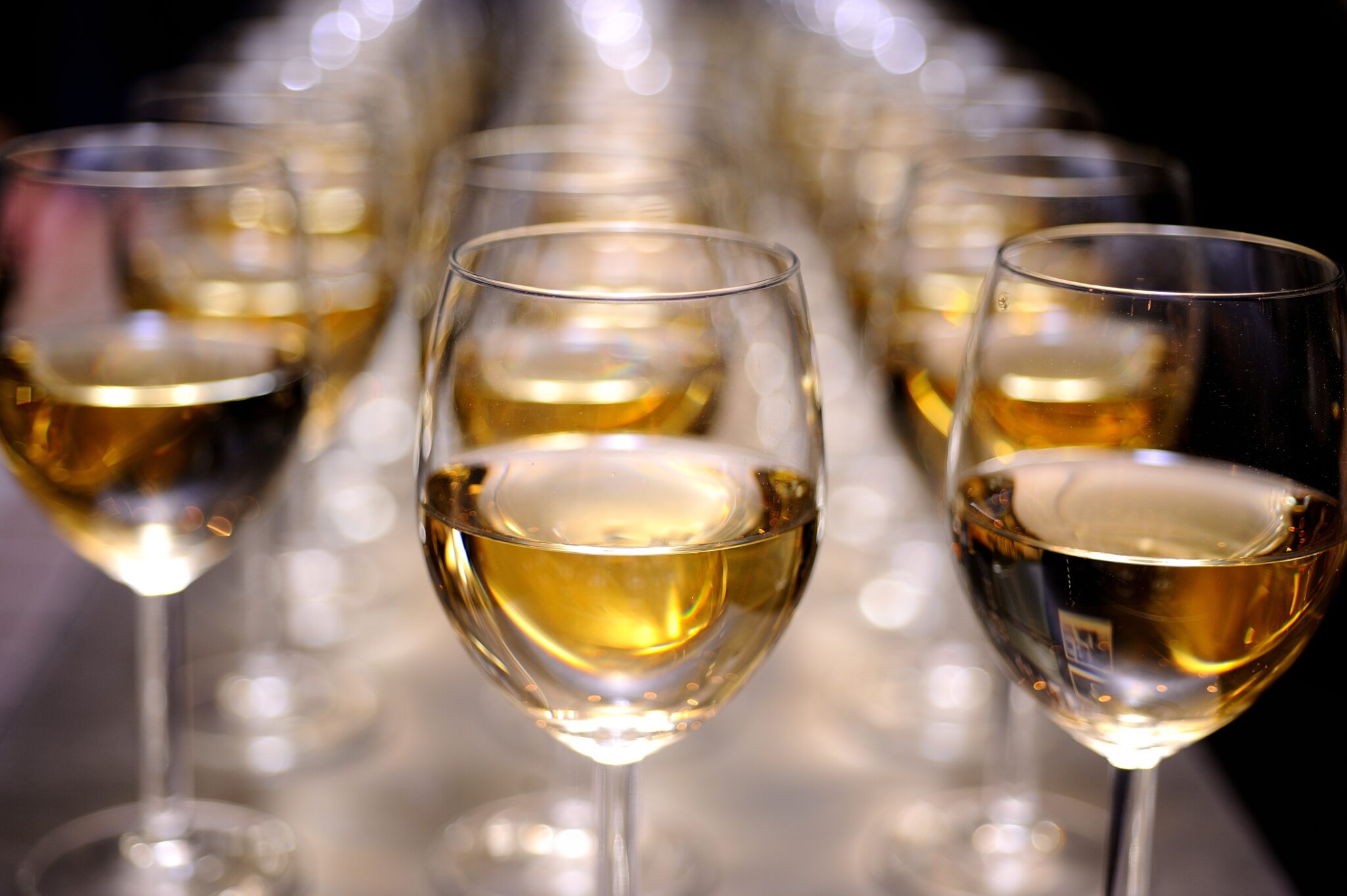A Guide to Vineyard Tours in Sonoma 95407
A Guide to Vineyard Tours in Sonoma 95407
Blog Article
Create the Perfect Weekend Getaway in Sonoma
Understanding the nuanced vocabulary related to winery wine tasting is crucial for both novices and seasoned connoisseurs alike. Each term brings to life the experience of tasting wine and may improve one’s appreciation of the numerous intricacies involved. Wine tasting is more than simply ingesting; it is an art that involves various senses and emotions.
To begin with, the term "nose" refers again to the aromas one detects when smelling the wine. This is a vital step because the bouquet sets the stage for the tasting experience. Notes of fruit, spice, earth, and wood may mingle, offering a glimpse of what the palate may affirm. Understanding "nosing" the wine can dramatically elevate one's sensory journey.
One Other key side is the term "physique." The physique of the wine describes its weight and fullness on the palate. A full-bodied wine has a sturdy presence and tends to linger longer after swallowing. Conversely, light-bodied wines might really feel extra delicate and refreshing. Recognizing the physique helps tasters assess the wine's construction and steadiness.
Enjoy Culinary Pairings at Sebastopol Wineries 95461
The idea of "tannins" is significant in red wine tasting. Tannins are compounds derived from grape skins, seeds, and stems, contributing to a wine's texture and aging potential. Excessive tannin wines usually result in a dry mouthfeel, while lower tannin ranges yield a smoother experience. This distinction is especially necessary when pairing wines with food, as tannins can both complement or clash with certain dishes.
In addition to tannins, "acidity" performs a major function in the wine tasting experience. Acidity gives wine its crispness and liveliness - Unwind with Spectacular Views while Sipping Fine Wines. Wines with higher acidity are usually refreshing and energizing, making them excellent companions for quite a lot of meals. Recognizing acidity can drastically improve one’s food-pairing capabilities and total tasting enjoyment.
When delving into the flavor profile of a wine, one might encounter the term "end." The finish refers to the aftertaste that lingers within the mouth after swallowing. A long finish is usually associated with high-quality wines, as it signifies complexity and depth. A brief end may counsel a simpler wine. Understanding tips on how to evaluate the end can reveal a lot about a wine's character.
Exploring the "vintage" can be integral to wine tasting terminology. The vintage denotes the yr in which the grapes have been harvested. Completely Different years can yield vastly totally different outcomes because of variations in climate circumstances. For occasion, a hot summer time can produce extra concentrated flavors, while a cooler year would possibly yield extra subtle, nuanced wines. Understanding vintage allows for a deeper appreciation of a wine’s origin and potential.
All You Need to Know About Sonoma Wine Tastings 95461
The term "terroir" encompasses the geographical and environmental elements that contribute to a wine's distinctive character. Elements corresponding to soil sort, local weather, elevation, and topography all play a task within the flavor and quality of the wine. This connection to position helps one understand why wines from different regions can style so distinctively different, even when made from the identical grape selection (Local Insights for Navigating California Wineries).
When partaking with wines, the phrase "leg" refers to the droplets that kind on the within of the glass after swirling. These droplets can indicate the wine's alcohol content and viscosity. Whereas observing the legs may not immediately relate to the wine’s taste, it provides to the general experience and intrigue of wine tasting less transparent.
Touring Sonoma Wineries for Unique Tastings
A extra specific term which will arise throughout tastings is "oak." The affect of oak barrels on wine can impart flavors corresponding to vanilla, toast, or spice. The diploma of oak getting older can vary widely among wines, affecting each aroma and style. Understanding oak treatment provides insights into the winemaker’s choices and the ensuing complexity of the wine.
In wine tasting, one may also hear the term "palate." The palate refers back to the overall taste experience within the mouth. This encompasses sweetness, bitterness, acidity, and physique. A well-balanced palate is crucial for a harmonious tasting experience, and recognizing any imbalances helps assess the standard of the wine.
The experience of wine tasting is tremendously enriched by understanding the terminology that accompanies it. Every term serves a objective, enhancing the ability to convey thoughts and emotions in regards to the wine one's experiencing. This vocabulary bridges communication between tasters, sommeliers, and winemakers alike.

To absolutely enjoy wine tasting, it's important to engage all senses. The sight of the wine, its shade, and readability can provide perception into its age and quality. Swirling the wine releases aromas that heighten the olfactory experience, while the actual tasting allows for a complete evaluation of the wine's profile.
Savor the Finest Wines from Russian River Valley 95461
In conclusion, understanding the detailed rationalization of winery wine tasting terminology significantly enhances the experience of tasting. Each term invitations the taster to have interaction more deeply with the wine, encouraging connections to the senses, the winemakers, and the lands where the grapes are grown. This nuanced vocabulary creates a richer, extra fulfilling wine tasting experience.
- Aroma refers to the scents released by the wine, which can indicate its grape variety and influence the tasting experience.
- Tannins are natural compounds found in grape skins, seeds, and stems, contributing to the wine's structure and growing older potential.
- A finish, or aftertaste, is the lingering flavor sensation that is still on the palate after swallowing, typically a key indicator of quality.
- Physique describes the load and fullness of wine within the mouth, usually categorized as light, medium, or full-bodied.
- Terroir denotes the unique environmental characteristics of a vineyard that affect the taste and quality of the wine, including soil kind and local weather.
- Acidity is a important element that contributes to a wine's freshness and stability, impacting its getting older functionality and general flavor profile.
- Vintage indicates the year grapes had been harvested and performs a big position in determining the wine's characteristics, reflecting particular weather conditions.
- Decanting includes pouring wine from its bottle into another vessel, allowing it to aerate and enhancing its flavors and aromas.
- A corked wine may be tainted by a defective cork, resulting in musty or off-putting flavors that detract from the wine's intended profile.
- The term “legs” refers back to the droplets that cling to the within of a glass after swirling, usually associated with the wine's alcohol content and viscosity.undefinedWhat is the that means of "nostril" in wine tasting?undefinedThe "nose" refers back to the aroma profile of the wine, which is detected by way of the sense of odor. It's an essential side of wine tasting, as aromas can reveal lots about the grape selection, winemaking course of, and aging.
How ought to I correctly taste wine?undefinedTo taste wine successfully, comply with these steps: observe the color, swirl the wine to aerate it, take a delicate sniff to capture the aromas, sip and let it coat your palate, and at last, note the end. This strategy helps in appreciating the wine’s complexity.
What are "tannins" and the way do they affect wine?undefinedTannins are natural compounds present in grape skins, seeds, and stems that contribute to a wine's structure and astringency. They can create a drying sensation within the mouth, they usually additionally play a role within the wine's getting older potential.
Creative Wine Tasting Events You Can't Miss in Sonoma

What does the term "steadiness" mean in wine tasting?undefinedSteadiness refers to the concord between the totally different parts of a wine, similar to acidity, sweetness, alcohol, tannin, and flavor depth. A well-balanced wine may have every of these components supporting one another quite than overpowering the others.
What is the significance of "terroir" in wine tasting?undefinedTerroir encompasses the environmental factors—such as soil, local weather, and geography—that affect the characteristics of the wine produced in a selected region. Understanding terroir helps tasters respect the distinctive qualities that completely different regions try this out impart to their wines.
What does "vintage" imply and why is it important?undefined"Vintage" indicates the yr when the grapes had been harvested. It is crucial because it affects the wine’s high quality and traits, as weather circumstances in the course of the growing season can considerably influence flavor profiles and aromatics.
What are "legs" and what do they signify?undefined"Legs" check with the droplets that kind and run down the inside of a glass after swirling wine. While they'll point out alcohol content and viscosity, they don't decide quality—this is extra about personal perception of richness.
The Insider's Guide to Sonoma Wine Tastings 95461

What does "full-bodied" imply versus "light-bodied"?undefined"Full-bodied" wines are rich, dense, and infrequently have higher alcohol content material and sophisticated flavor profiles, while "light-bodied" wines are extra delicate and refreshing with a lower alcohol content material. This distinction helps tasters understand the anticipated weight and mouthfeel of the wine.
How can I identify fruit flavors in wine?undefinedTo establish fruit flavors, consider the aroma and style profiles. Swirl the wine, inhale deeply to capture the bouquet, and give consideration to specific traits. Familiarity with typical fruit profiles of varied grape varieties can improve this identification process.
What is "end" in wine tasting?undefinedThe "finish" refers again to the aftertaste that lingers in the mouth after swallowing. A lengthy, complex finish is commonly a sign of high quality in a wine, as it displays the depth of flavor and total craftsmanship in the winemaking course Visit This Link of. Report this page